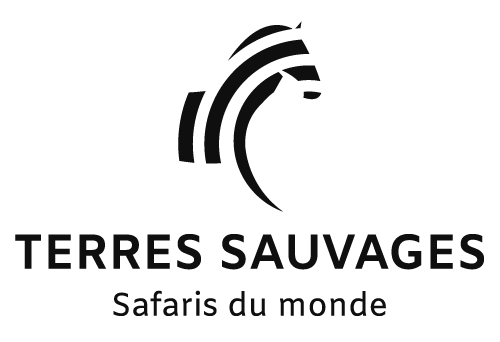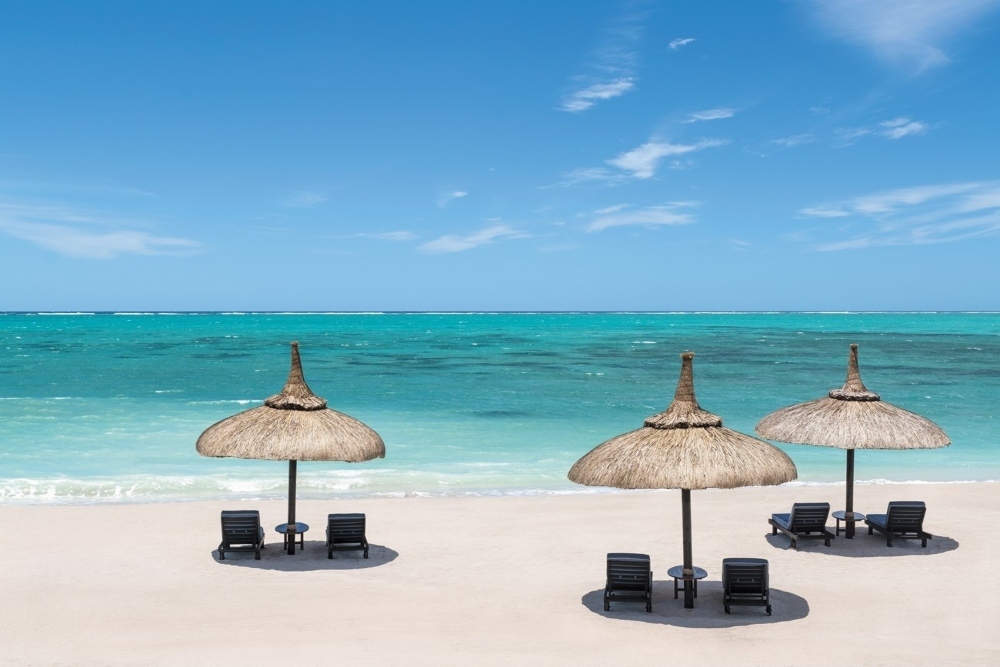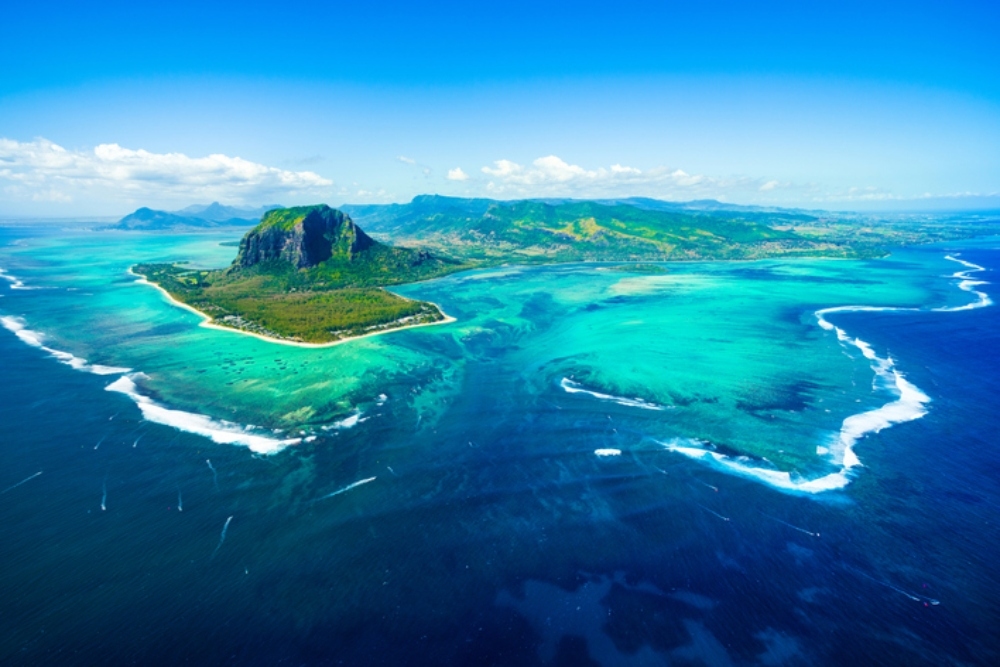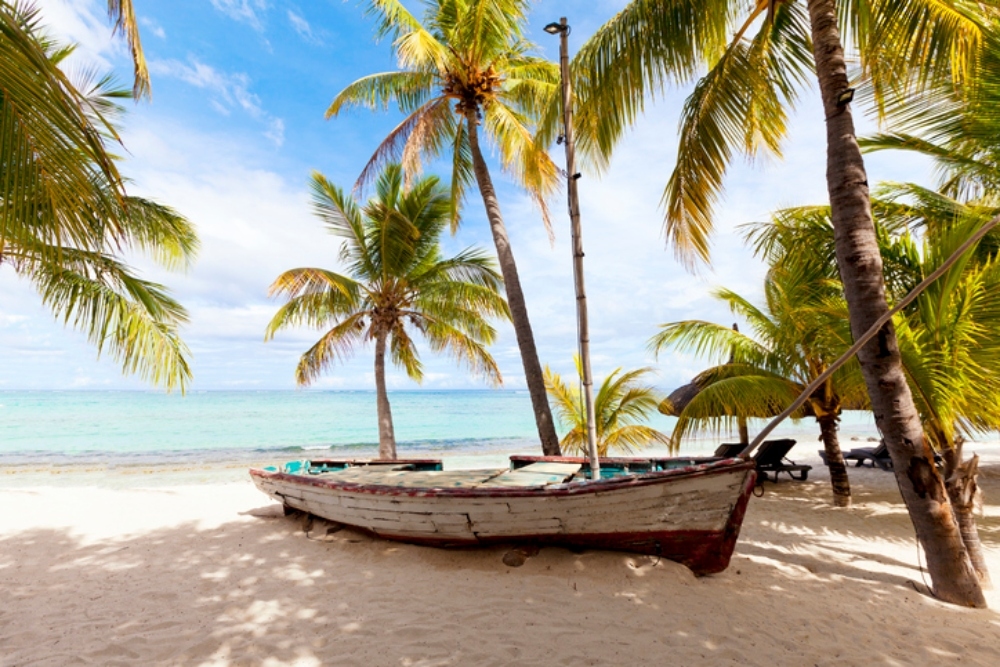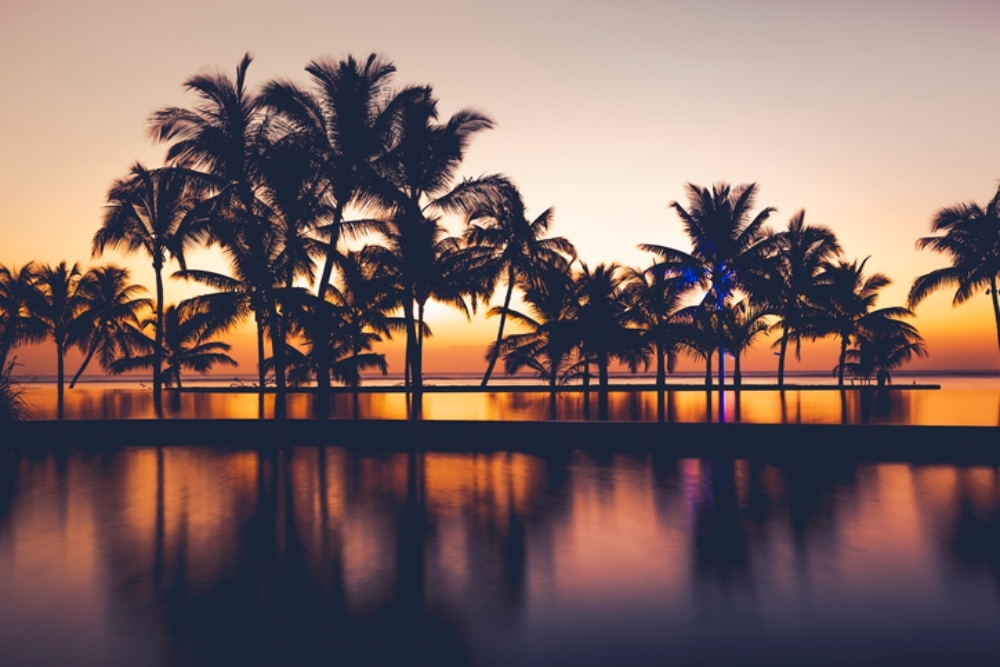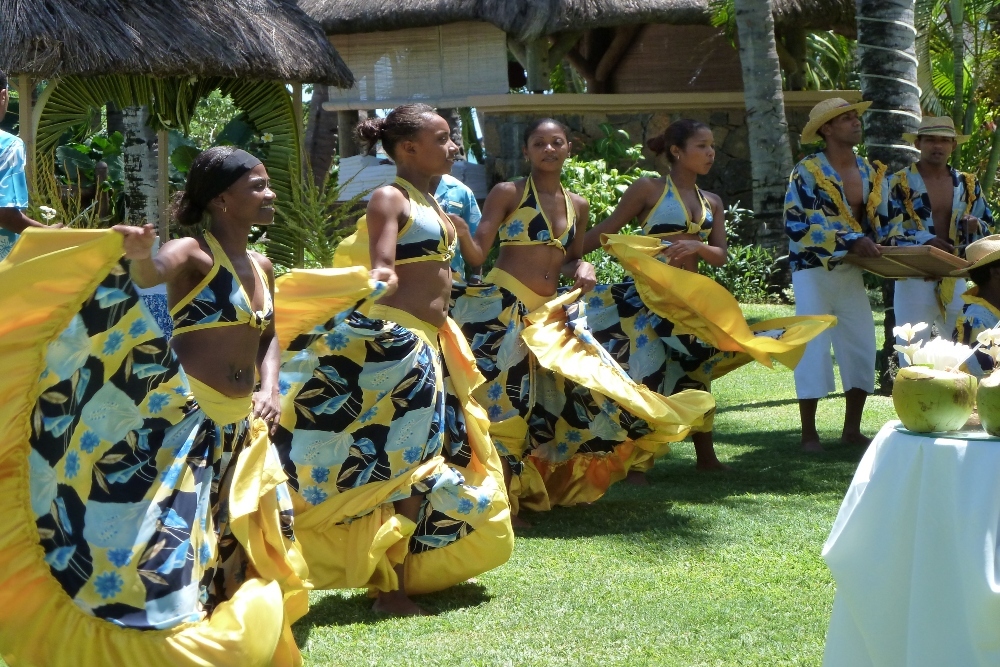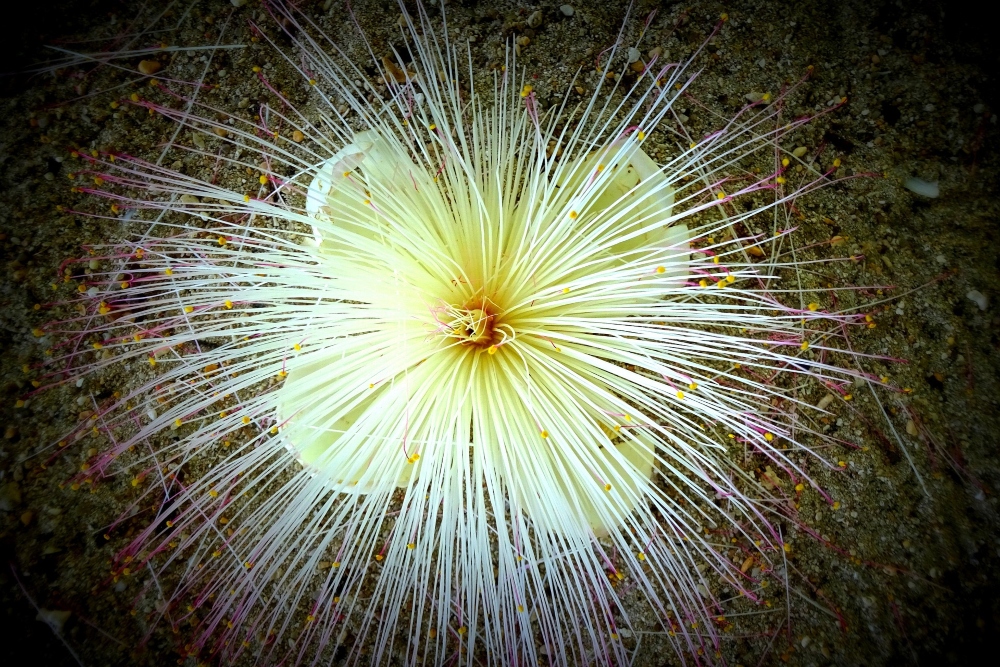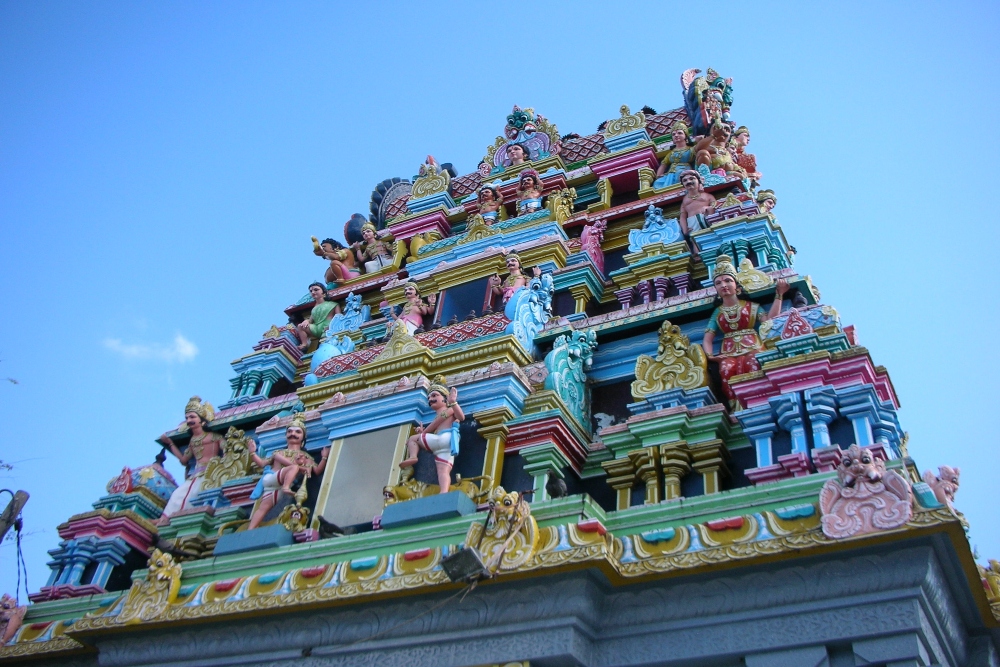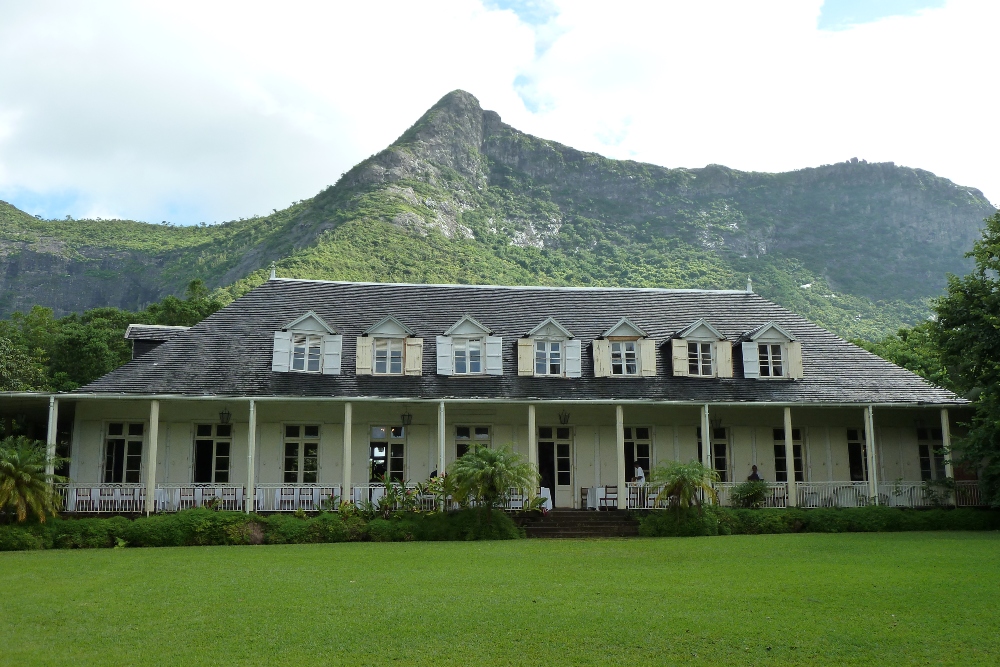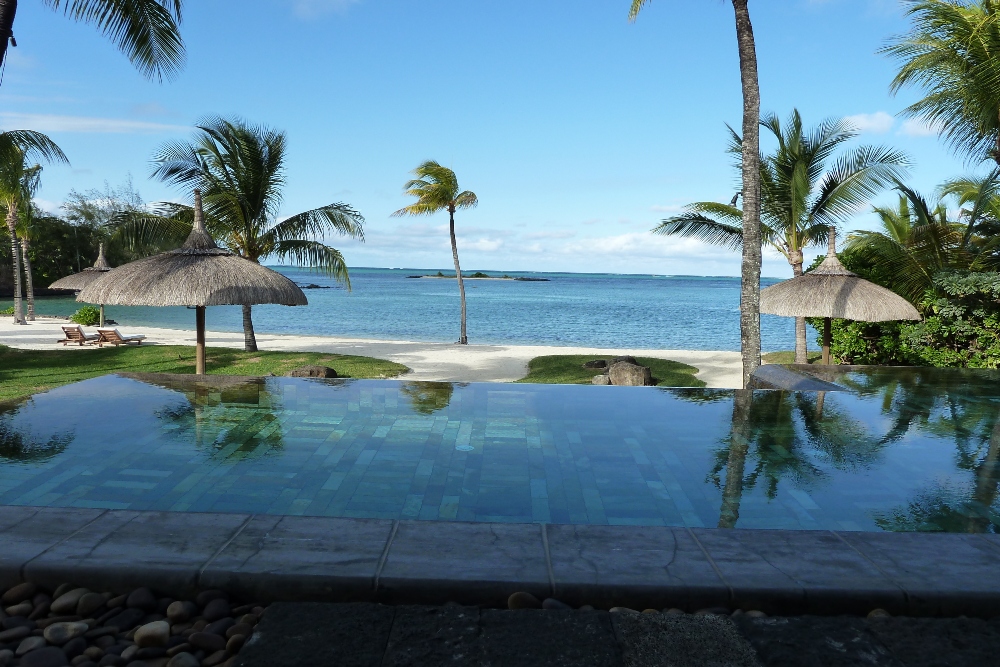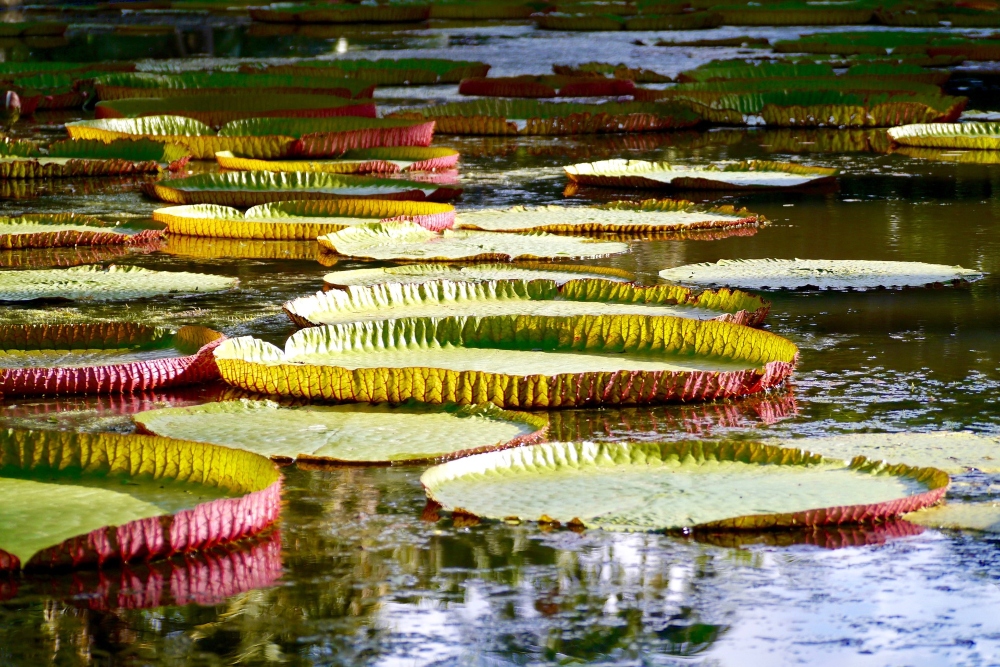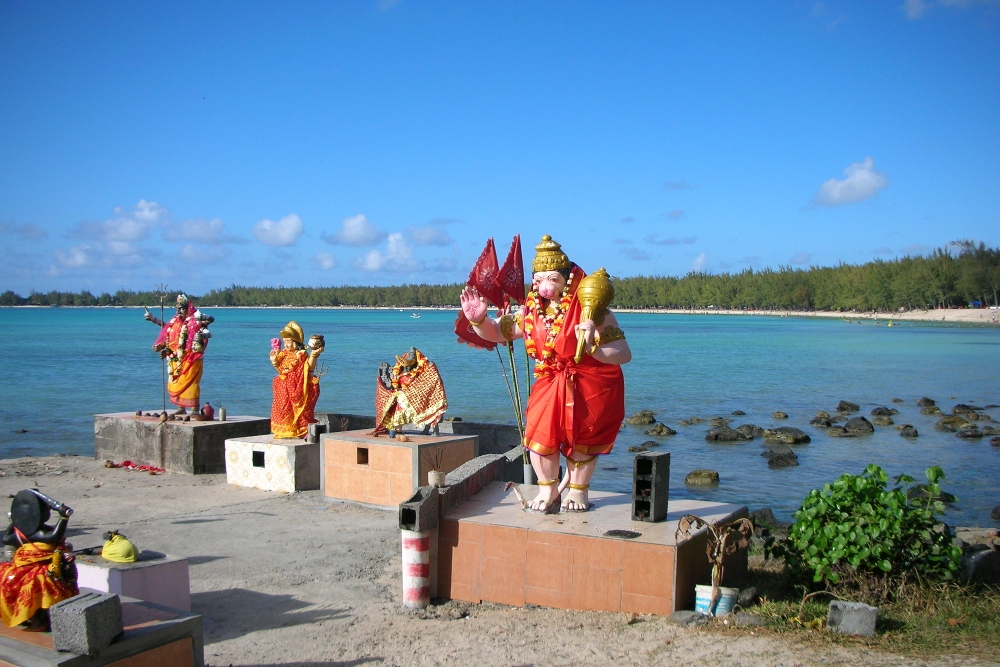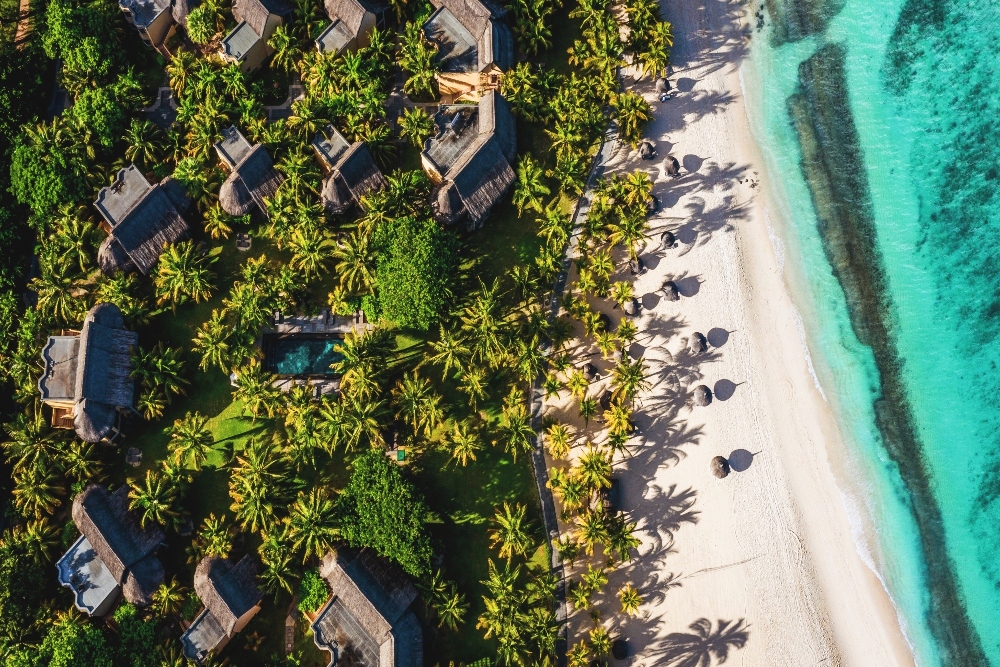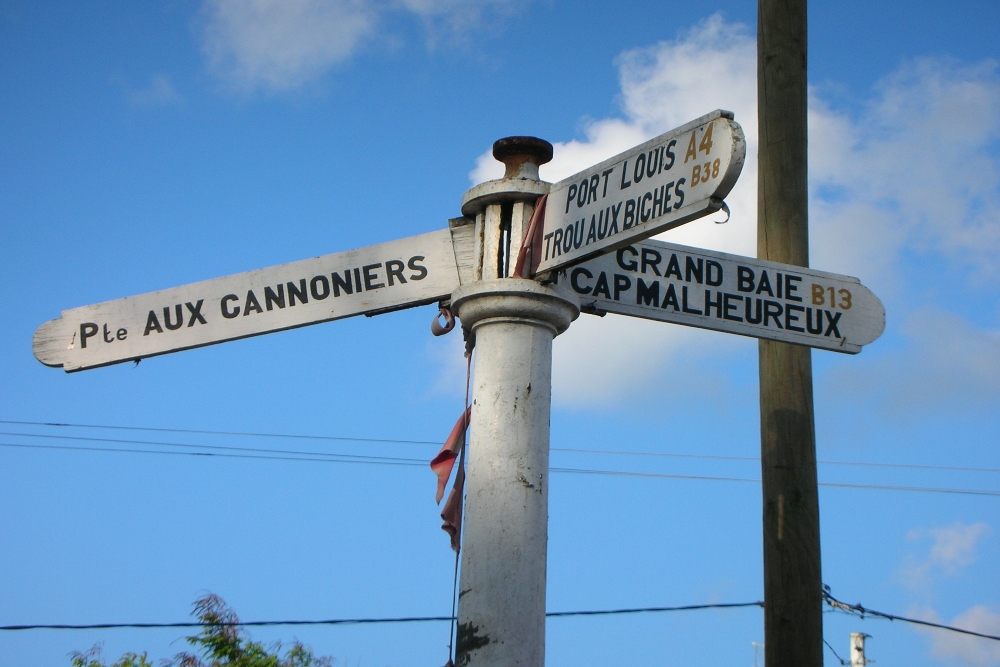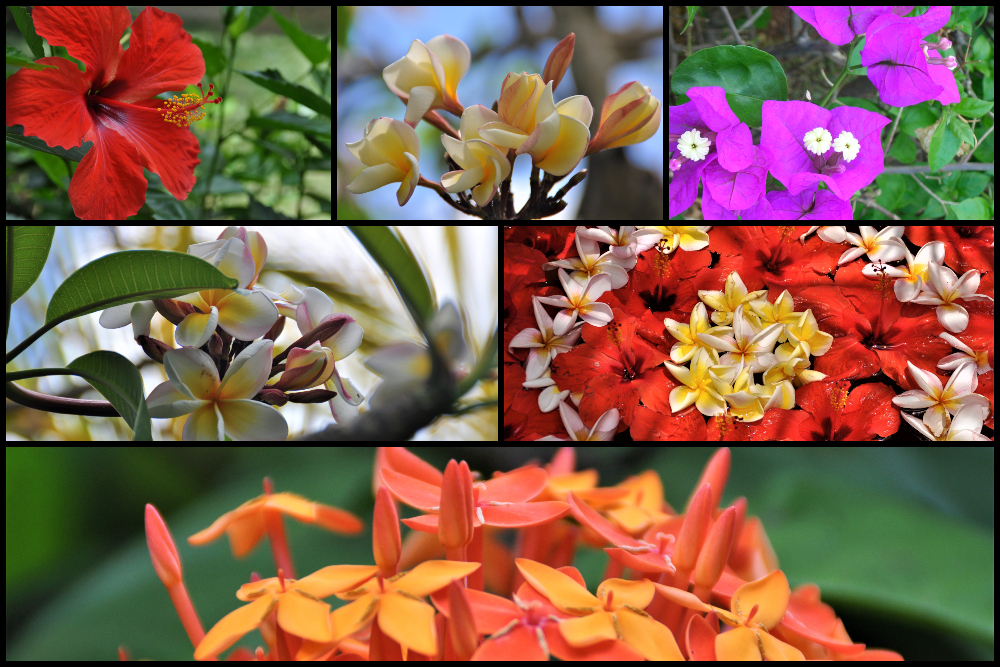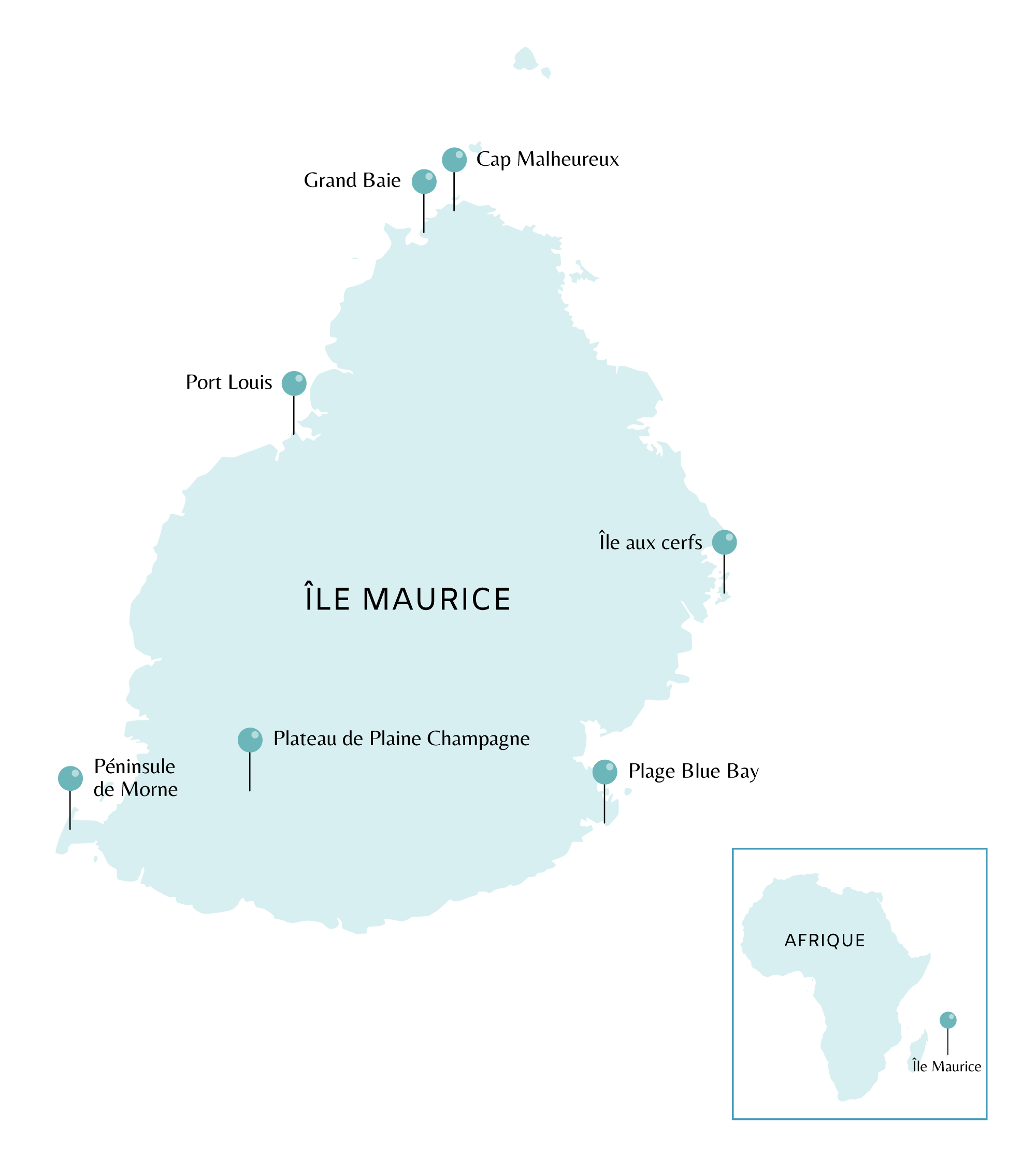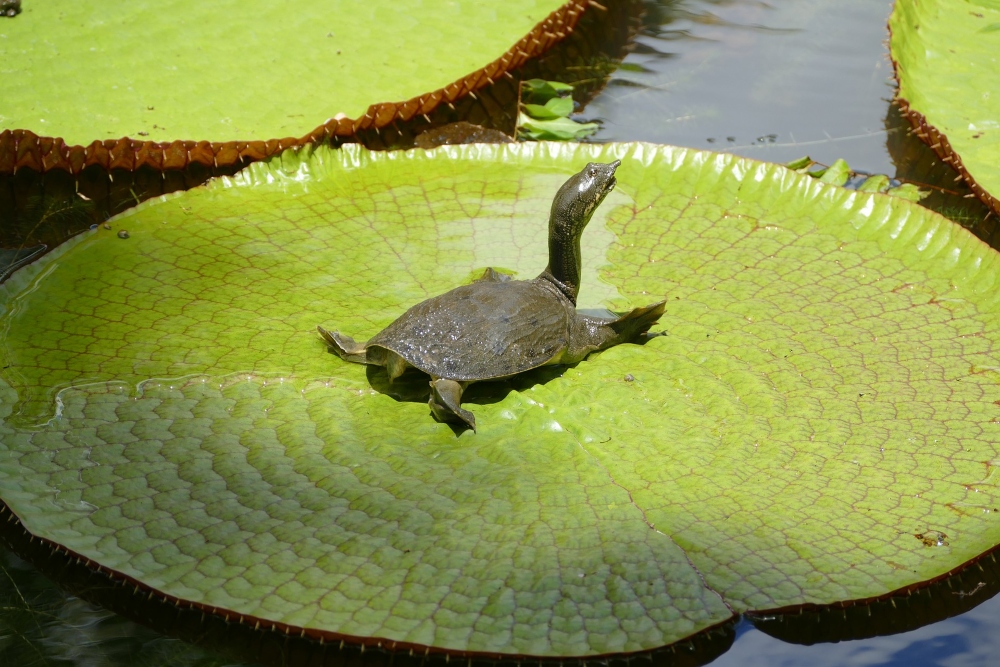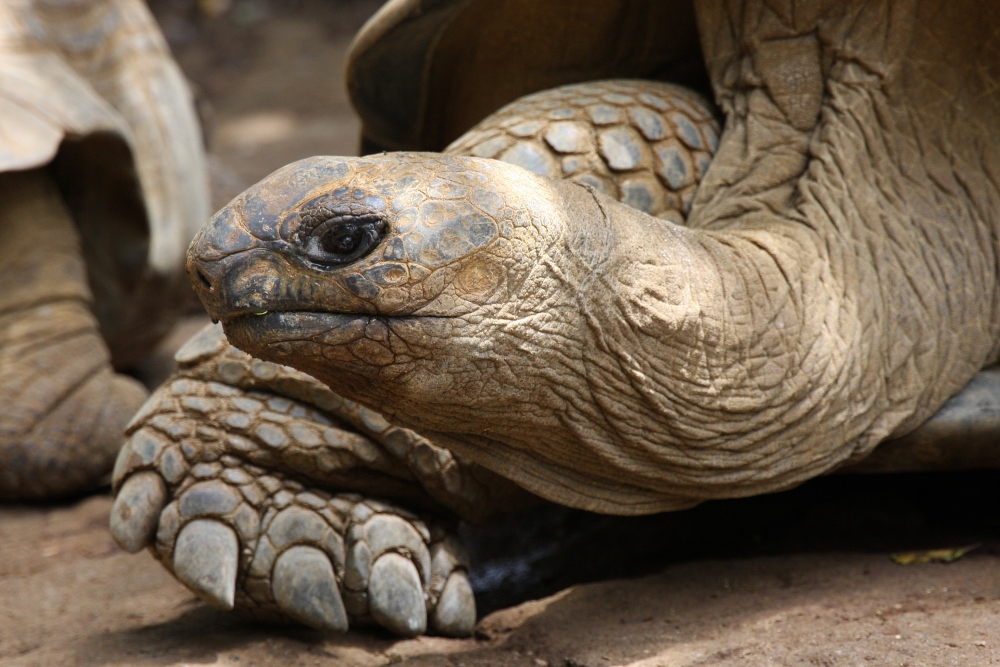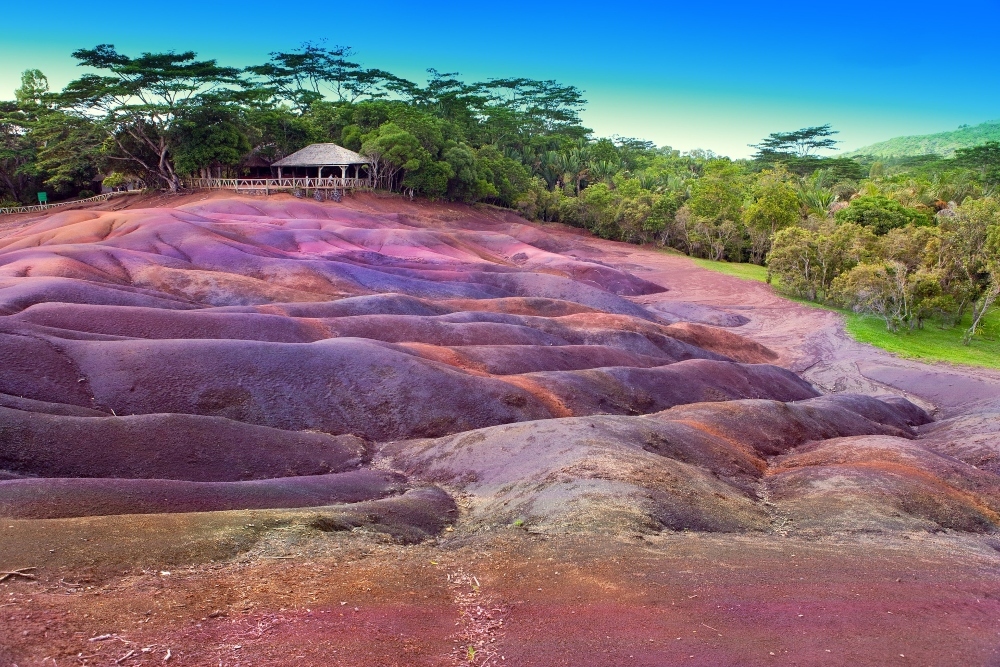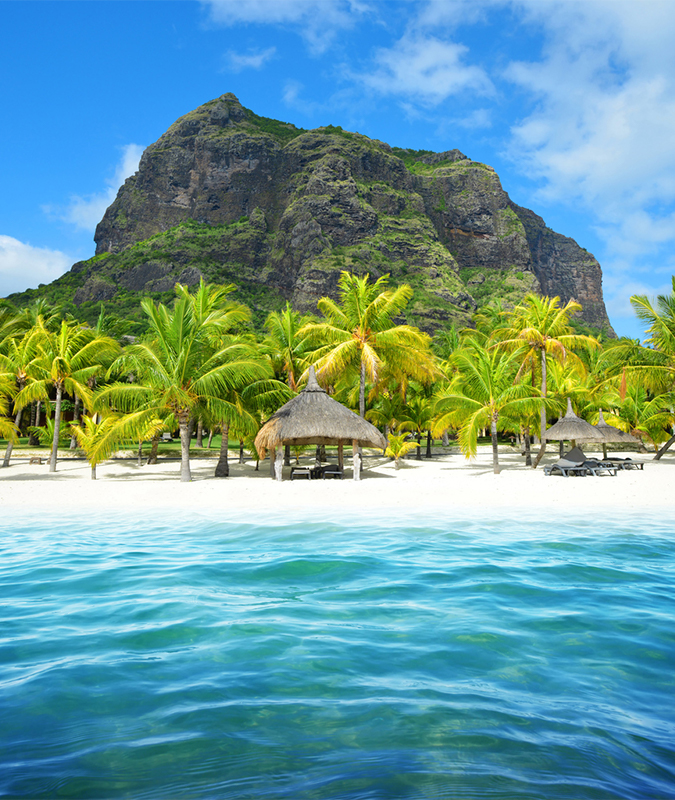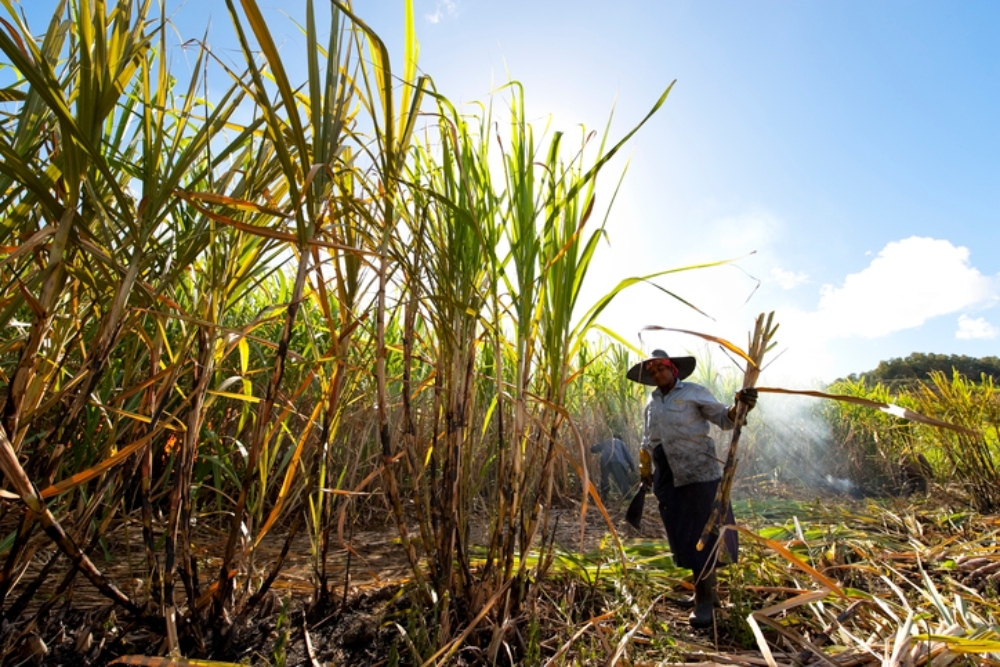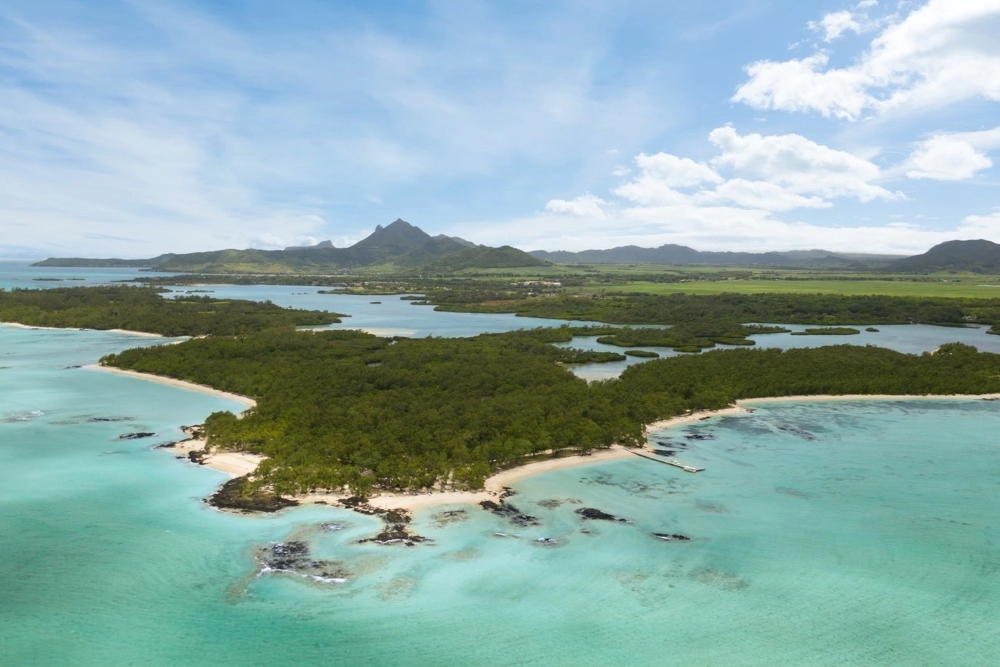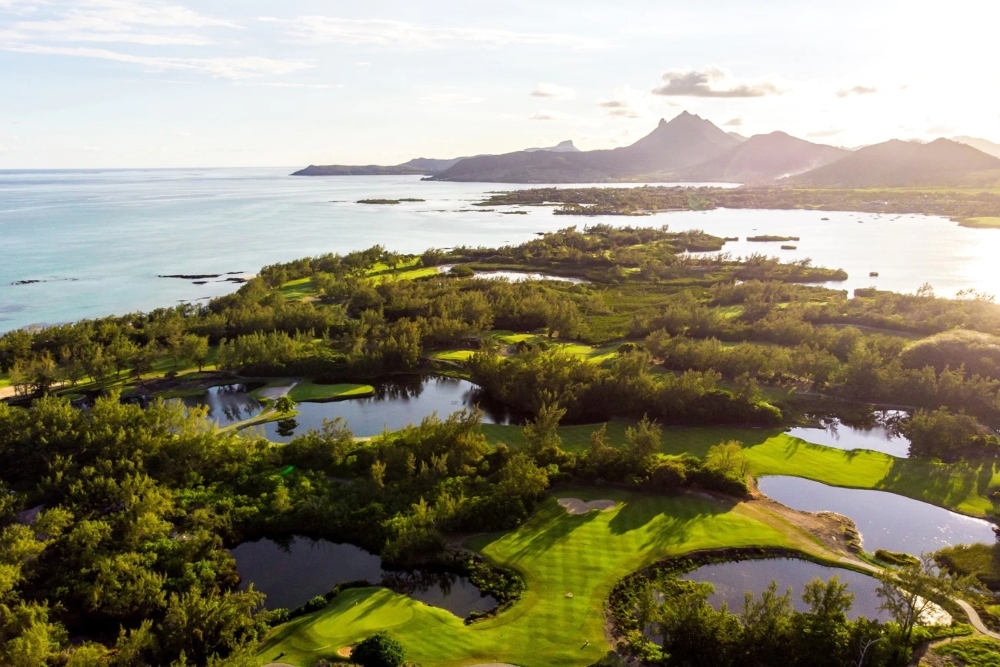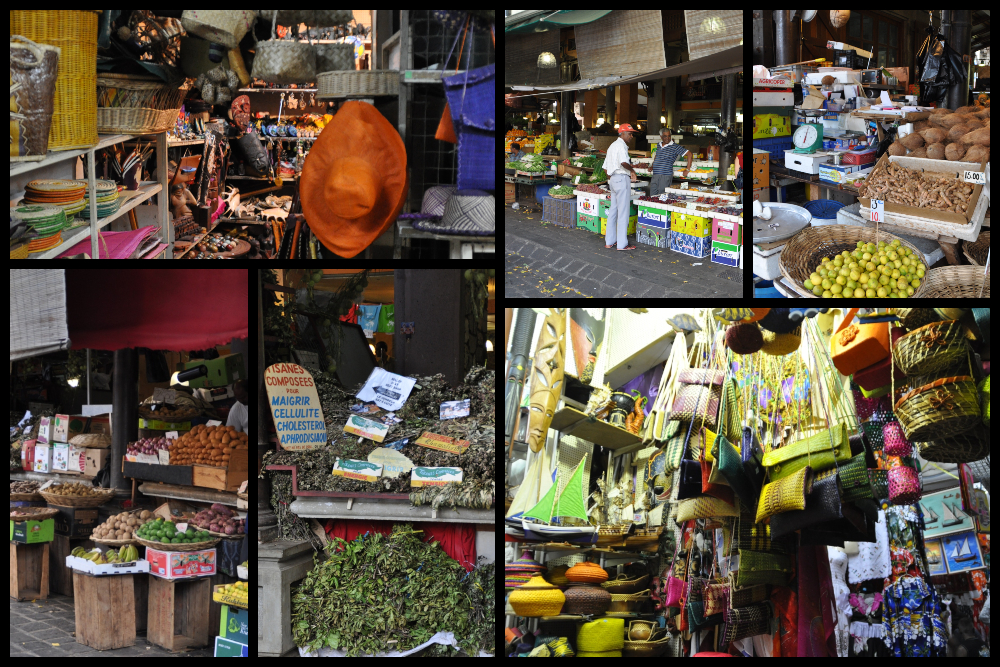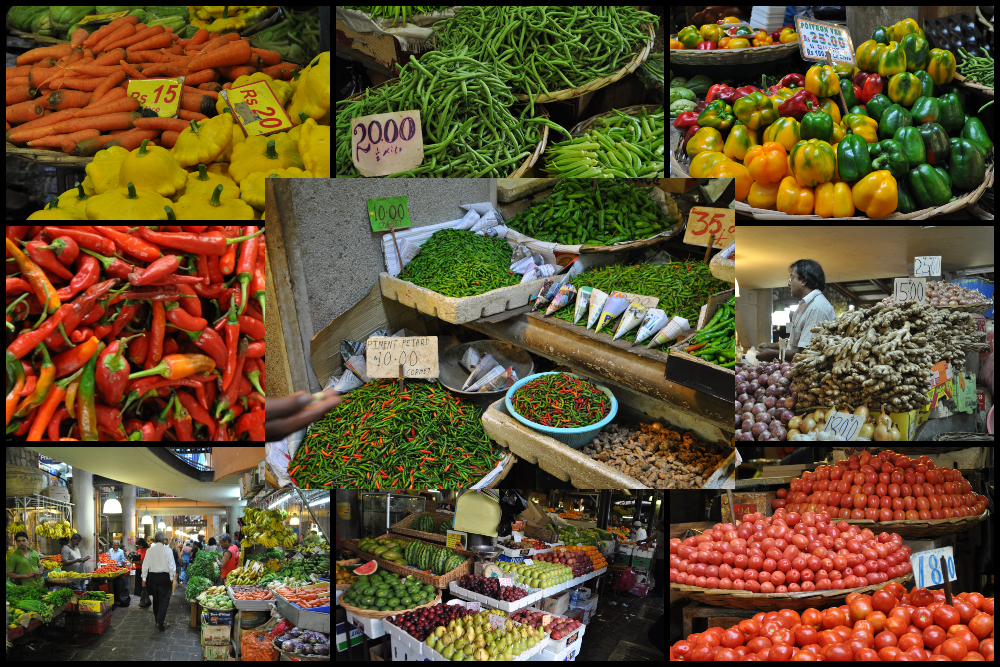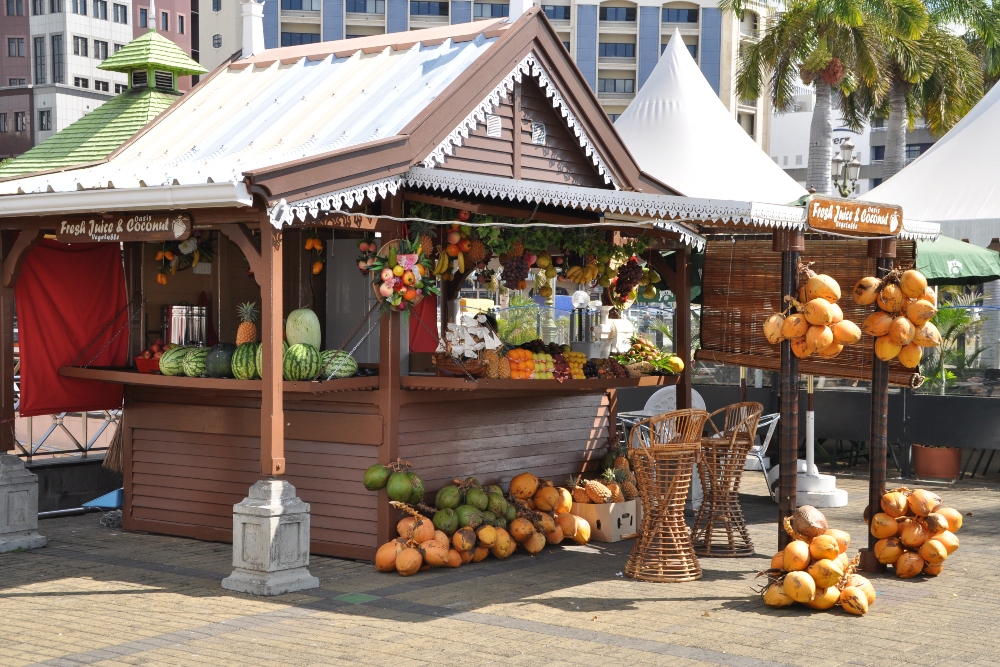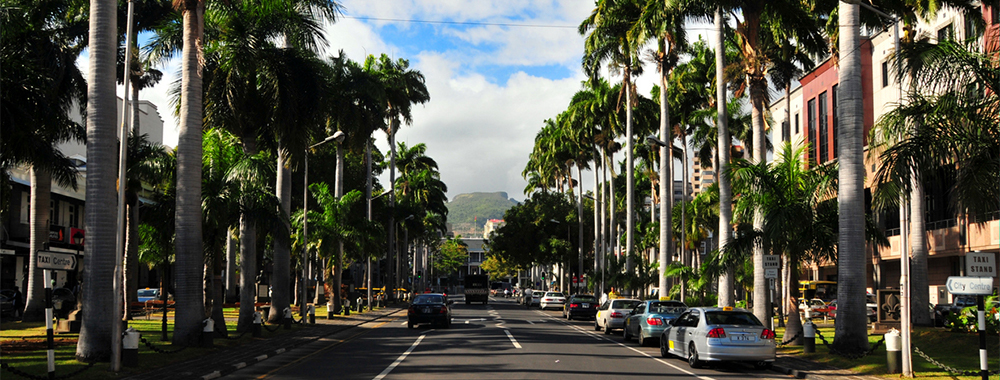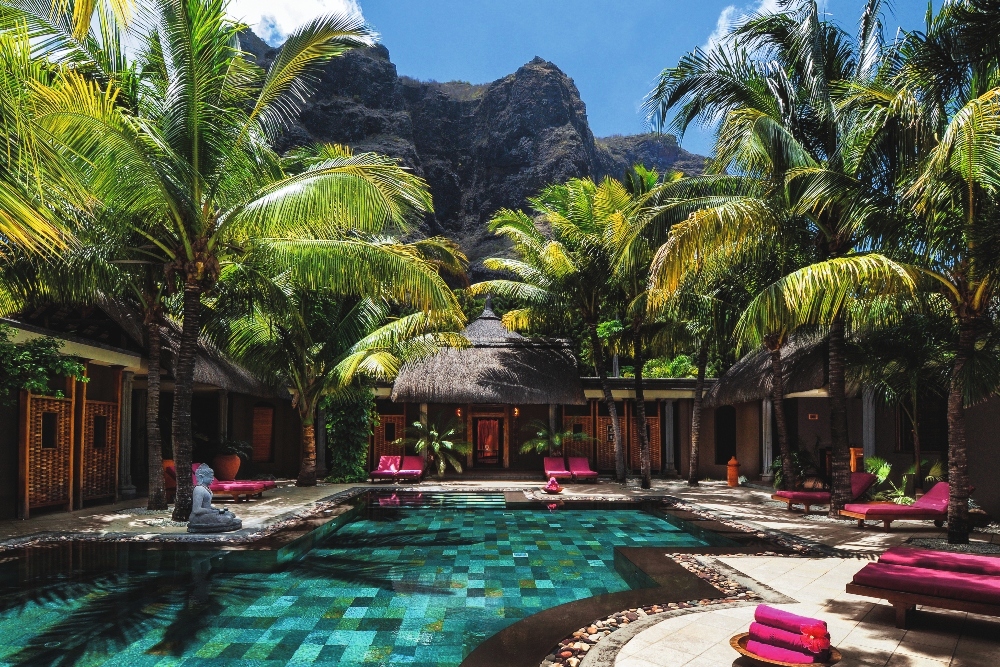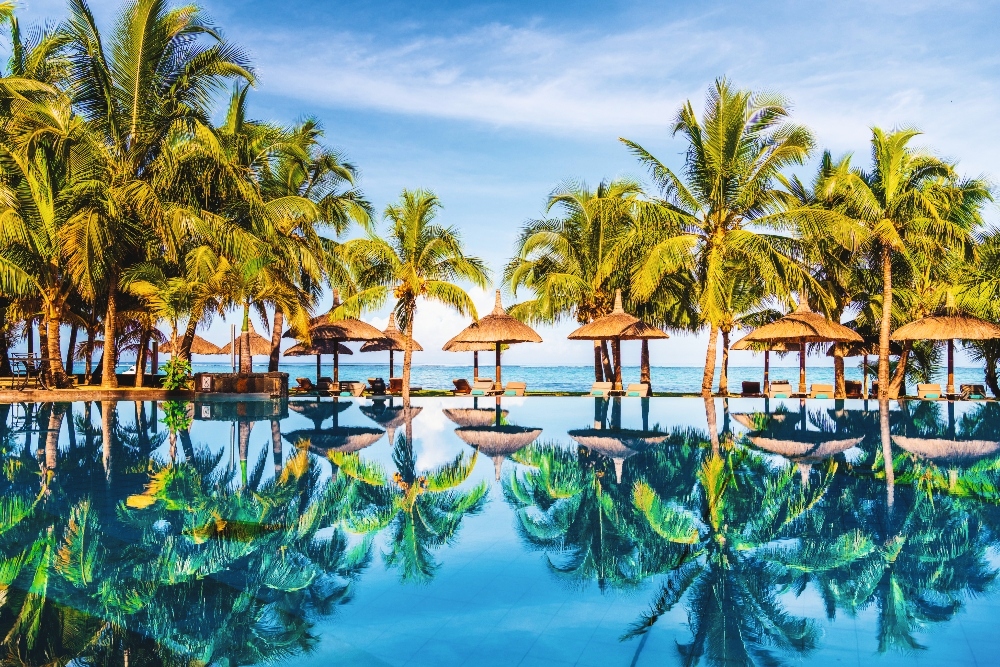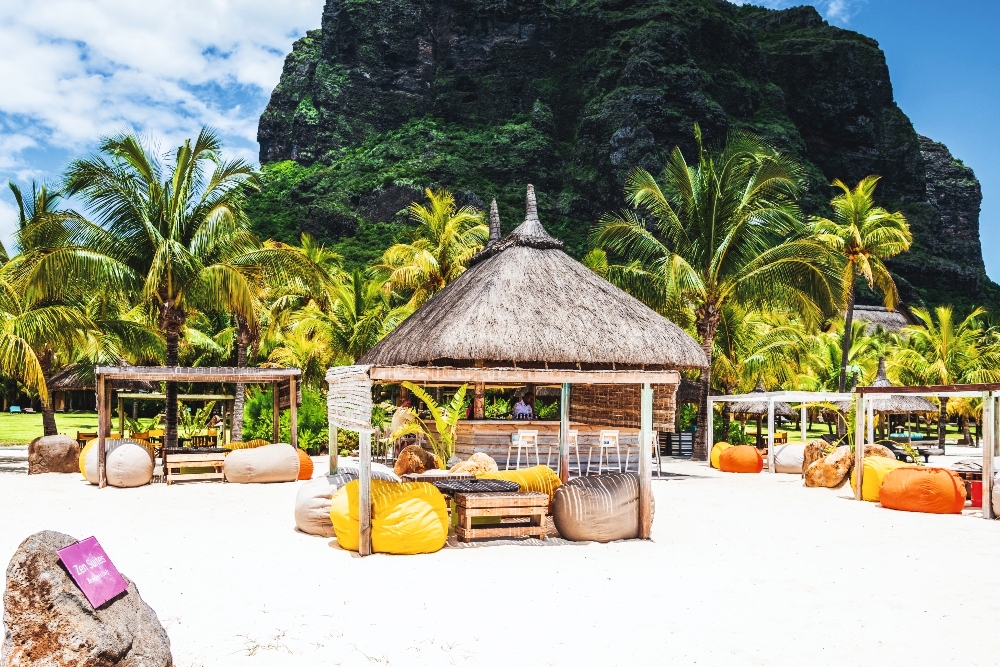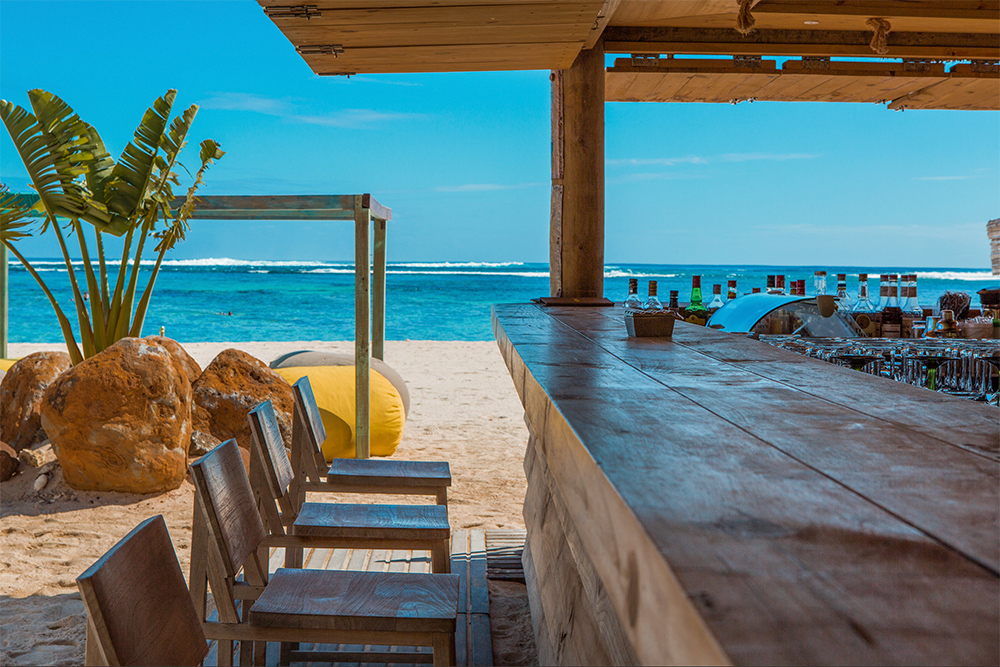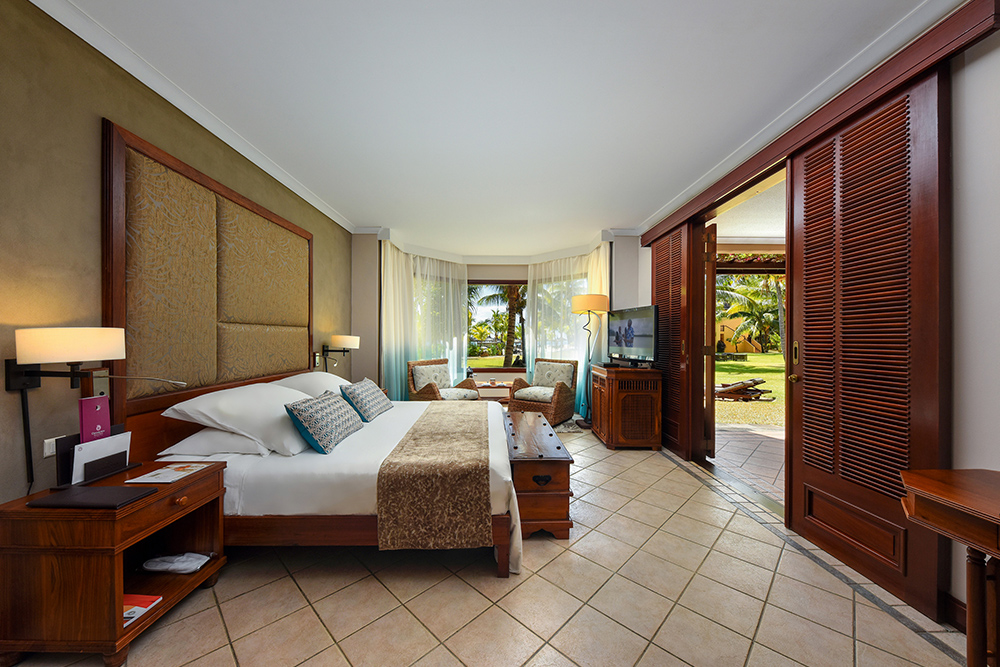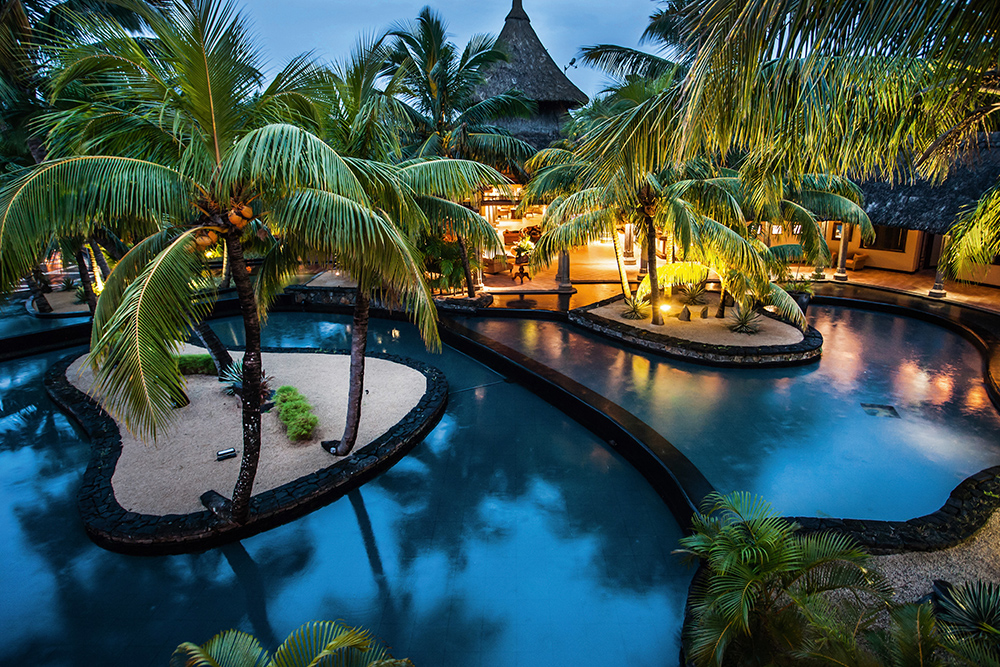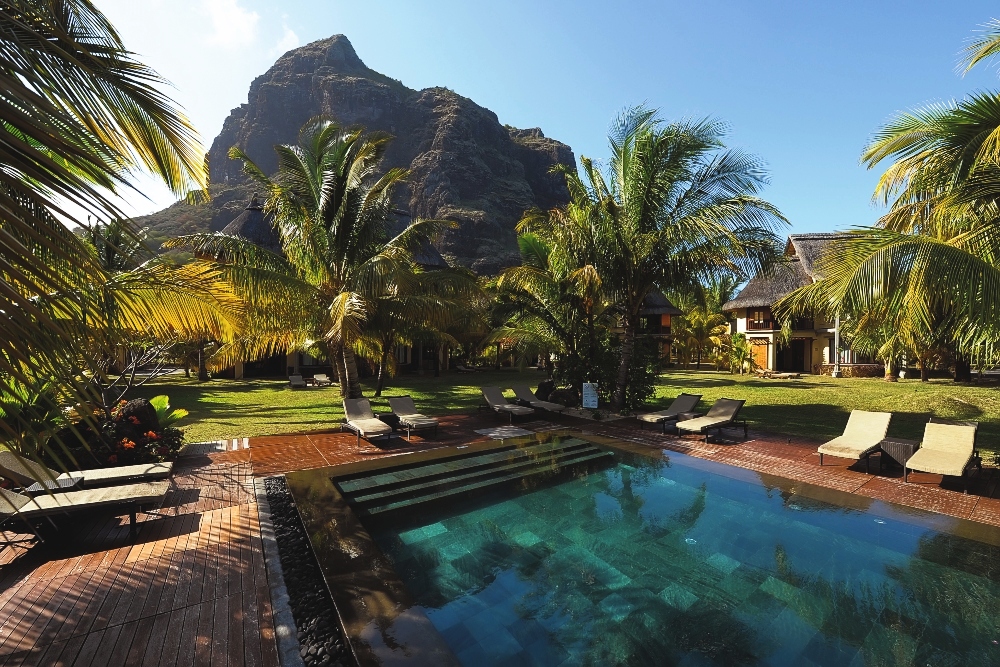If you are looking for a Zen destination, where it’s warm and where smiles and quality hotel service is important to you, you’ve found it!
Between excursions, water sports or culture, Mauritius is incredibly easy to visit, with everything in place to satisfy even the most demanding clients!
It is a paradise destination known for its dream beaches and turquoise lagoon, but the island also has other incredible treasures….
Our favourites
In the North
When talking about the North in Mauritius, Grand Bay is the first place that comes to mind. The seaside resort of Grand Baie has become, thanks to sustainable development, the leading tourist destination in Mauritius. Take a stroll through the alleys behind the main road of Grand Baie and see what the small local shops have to offer.
Known for its wide variety of restaurants and nightlife, the village of Grand Baie will seduce you with its charm and exuberance.
Culture lovers, you will not be outdone.
A visit to the picturesque village of Cap Malheureux, with its famous red-roofed church, its breathtaking view of the northern islands and its large fishing community, is a must during your visit to the north of the island!
Also take the opportunity to visit the village of Triolet and its Hindu temple, the Maheswarnath Mandir, built in honour of the gods Shiva, Krishna, Vishnu, Muruga, Brahma and Ganesha (among others).
On Tuesdays and Fridays, head to the Goodlands Market to wander between the clothing stalls. On Wednesdays and Saturdays these stalls fill up with fruit and vegetables.
In terms of heritage, the north of the island is home to the famous Van Ann chocolate factory, unique on the island. Founded in 1992 by a Belgian woman, the Van Ann chocolate factory is famous for its pralines, its innovative packaging and its delicious chocolates distributed mainly in hotels.
To continue your discovery of Mauritian heritage, head to the Grapefruit Garden, whose name comes from the fruit that was imported by the Dutch who first colonised Mauritius in the 17th century.
The rich historical past of the village is illustrated by visits to the old cemetery, the church of Saint Francis of Assisi which dates back to the 18th century and L’Aventure du Sucre, a fascinating museum that tells the story of the Mauritian sugar industry. The museum also offers a brief history of the island, including that related to slavery and rum.
Finally, the North of Mauritius is full of beaches, each one more beautiful than the next. The most popular are Trou aux Biches in the shade of the filaos and the long winding beach of Mont Choisy. The beach continues to Pointe aux Canonniers via Grand Baie and then continues to the divine public beach of Péreybère.
For the more adventurous, a walk on the rocks on either side of the public beach of Péreybère provides access to the private beaches of Casita and Bain Boeuf, with their blue and turquoise waters and magnificent views of the northern islands.
In the West
The west is the driest region of the island. Generally protected from the prevailing winds, it has a few renowned hotels and lagoons that are quiet enough for swimming, snorkelling, scuba diving, water skiing, kayaking, pedal boats and other water sports.
Some places are not to be missed in the west and south-west of the island, such as the town of Albion, whose lighthouse, which is still active, guides ships leaving or returning to Port Louis.
For nature lovers, one of the main green attractions in Mauritius is the Black River Gorges National Park. Spread over 16,680 acres, it provides a haven for critically endangered native plants and animals.
On the mountain side, Le Piton de la Rivière Noire, the highest mountain in Mauritius, is part of the mountain range enclosing the Gorges de la Rivière Noire National Park.
In the highlands, the village of Chamarel is known for its land of seven colours, its family restaurants and its rum distillery, where you can learn all about rum distillation and even taste your favourite liqueurs.
The views of the ocean and the west coast are breathtaking, especially at sunset!
Not far away in Pointe aux Sables, you will find “Montagne Zako”, a cliff from where you can try to dive from a height of 20 metres into the sea if you are brave enough… Adrenaline rush guaranteed!
For those who wish to relax on the beach, sunbathe and meet friendly Mauritians, Flic en Flac is the place par excellence. With its white sandy beach lined with filaos, it is a very busy seaside on weekends, ideal for swimming and snorkelling.
The Morne Peninsula has everything you need for a fabulous holiday: you can walk for miles along white sandy beaches, do as many water sports as you like, enjoy a spa, or just relax.
The southern part of Le Morne is the ideal place for kitesurfing, windsurfing and surfing as the south-east winds are strong and stable. The area also benefits from an acceleration of these same winds thanks to the high mountains of the Black River Gorges, all year round.
The Morne Mountain, a UNESCO World Heritage Site, is a symbol of the period of slavery in Mauritius. The One Eye surf spot, finally, is world famous thanks to its fast left tube which takes the shape of an eye before crashing into the reef in shallow water.
In the South
The most beautiful wild landscapes of Mauritius are located in the south, including beautiful beaches.
The most famous is the famous beach of Blue Bay where Mauritians go with their families. This bay, surrounded by a semi-circle of filaos is one of the most beautiful of the island with its fine sand, clear water and colourful corals inhabited by a wide variety of fishes that you can observe between two fathoms: among them, the parrot fish, trumpet fish, flagfish and even small barracudas. All you need is a mask and a snorkel to live a special experience!
Another unmissable beach is the Gris Gris beach which has the particularity of having its coral reef very close to the shore.
The profile of the poet Robert Edward Hart was sculpted by the waves and the wind on the side of a promontory called La Roche qui pleure. Only a few insiders know where to position themselves to find it. You have to stand on the left side of the promontory, a little before the end and look on the left side to see this famous profile…
To immerse yourself in the history of the island, a visit to the village of Mahébourg is a must. Full of emotions, it is one of the few places on the island that has preserved monuments of this dark period in Mauritius’ history.
Make the most of your visit to discover the National History Museum, also known as Robillard Castle. This 18th century French colonial building houses maps, engravings, crockery of the period, swords and sabres of pirates or privateers like the famous Surcouf, and even the remains of shipwrecks that tell the rich maritime history of the island.
While you are in the south of the island, don’t miss the Telfair garden, which offers a breathtaking view of the Indian Sea and the Riambel Marine Cemetery.
Another must-see spot is the Rochester Falls in Souillac. The road passes through the Terracine sugar refinery. Over time and the passage of the water, curious sculptures have appeared in the volcanic rocks of the waterfall and green crystals have formed in the ground.
Finally, for photography enthusiasts, Pointe Canon is an excellent place to photograph the Lion Mountain and the Grand Port mountain range on the one hand, and the Mouchoir Rouge islet and Ile aux Aigrettes on the other.
To the East
The east of the island also offers a range of beaches, each one more beautiful than the next.
The public beach of Roches Noires, for example, which extends to Poste Lafayette, is an excellent place to fish and take a breath of fresh air. These seashores are very popular in the summer, as a cool south wind blows constantly and cools the temperature.
The public beach at Bras d’Eau Bay looks south, which means that you can watch both the sunrise on the horizon to your left and the sunset behind the high plateaus to your right, something unique in the east.
Furthermore, no place in Mauritius is as suitable as Bras d’Eau for watching the Milky Way at night.
Belle Mare is renowned for its beautiful white sandy beach.
The more sporty or those who want to embark on a real adventure at sea can try kayaking – a physical sport, but within everyone’s reach – which will take them across the lagoon and between the mangroves on the still preserved Amber Island.
Another sporting alternative, the mountain bike circuit in the Bras d’Eau forest is open to the public. This route follows a path that winds through a shady exotic forest and a bushy plain before following a disused railway line to the caves of Roches Noires. On your excursion you will also discover the ruins of a sugar factory.
Finally, don’t miss the Deer island, considered by some to be a paradise for water sports.
For golf enthusiasts, there is a superb 18-hole golf course designed by the famous golf champion Bernhard Langer. You can reach Deer Island by speedboat, pirogue, glass-bottomed boat, catamaran and even pirate dhow if you feel like it!
Special mention for golfers:
Shangri-La’s Le Touessrok Resort & Spa* and its famous golf course facing the sea.
On a private island, this hotel will guarantee you a successful holiday!
In the centre and in the capital, Port Louis
Central Mauritius is cooler than the coastal regions and has a large urban area.
But on its high plateaus, you will also find forests, lakes and plantations that are well worth a visit!
The Trou aux Cerfs is the most famous dormant volcano in Mauritius. At the top you have a fantastic 360 ° view of the highlands of Mauritius. Walkers and runners go around it, alone or with the family, early in the morning or late in the afternoon.
The highest plateau in Mauritius is the Plaine Champagne, covered with forests and lakes.
Start from Vacoas or Curepipe in the direction of Mare aux Vacoas, the largest fresh water reservoir in Mauritius, and visit the sacred lake of Grand Bassin a little further on. Grand Bassin, also known as Ganga Talao, is one of the few large natural lakes in Mauritius. Formed inside the crater of an extinct volcano, it is a famous place of pilgrimage for Mauritians of Hindu faith.
Finally, the capital of the island, Port Louis, is full of cultural and historical treasures that you absolutely must discover!
Apart from the central market which is a place of reference for those who want to discover the scents of Mauritius, many historical sites are to be visited, notably the Champ de Mars, where you will vibrate with the local population as these magnificent racehorses are ridden by experienced local and international jockeys.
In terms of architecture, the Maison du Gouvernement, the Port Louis theatre and Fort Adélaïde allow you to feel the soul of the city. Numerous museums are also a must in the island’s capital, including the Natural History Museum and Company Garden, the Mauritius Post Office Museum, the Photography Museum and the Bleu Penny Museum.
Don’t miss the Place d’Armes, in the historic centre of the capital, lined with bottle palms and several statues steeped in history, as well as its statues, suchs as Mahé de la Bourdonnais, representing one of the founding fathers of Mauritius; it is a symbol and reminder of the French heritage.
Finally, you cannot pass through Port Louis without stopping at the Caudan Waterfront. Top-brand shops, craft market, restaurants galore, harbour views, a stroll among the yachts, everything is there for your shopping, for your well-being and for your souvenirs.
Before you leave, browse through the only bookstore in Caudan and perhaps you will find treasures of Mauritian literature for all ages on the shelves.
Hotel Favourite: The Dinarobin Beachcomber Golf Resort & Spa*, the symbol of tropical elegance
If there is one chic and charming hotel in Mauritius, it is the Dinarobin Beachcomber Golf Resort & Spa *!
Cascading pools with flowering islands, spacious wooden decks and terraces facing the sea, tropical gardens planted with coconut, frangipani and palm trees make Dinarobin Beachcomber the symbol of tropical elegance in Mauritius.
Located on the most spectacular site in Mauritius, with the stunning Montagne du Morne in the background, Dinarobin Beachcomber is entirely composed of luxurious suites, grouped in crescents along a sandy beach.
Not to be missed! A treatment at the spa, because the visit alone is worth the diversion and the Zen spirit is there!
and for more information about The Dinarobin Beachcomber, follow this link : https://terres-sauvages.ch/en/experiences-2/premium/dinarobin-beachcomber-mauritius-island/
